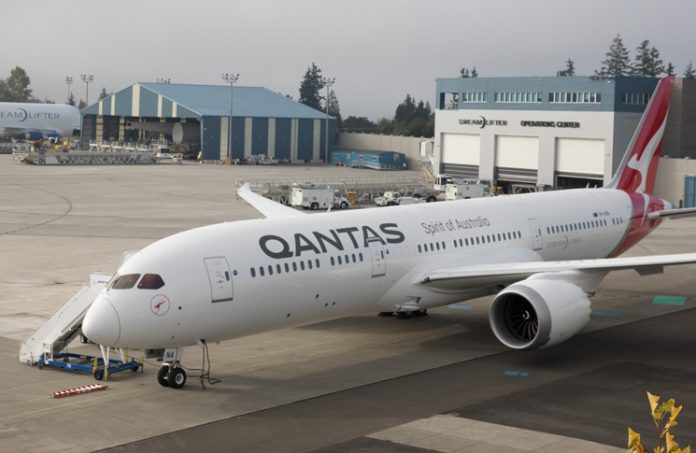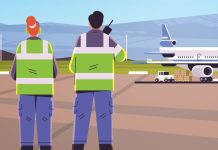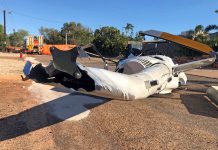As Qantas prepares to launch its newest route from Perth to London in March next year in the Boeing 787-9 Dreamliner, researchers are planning a clinical trial to measure how long-haul flying can affect your health.
At just under 15,000 km, it will be one of the longest routes in the world—a17-hour non-stop journey. It’s a sharp comparison to the original ‘Kangaroo route’ pioneered by Qantas that had seven stops and took four days.
In March, a research team comprising of volunteer Qantas passengers, will be fitted with wearable technology to measure mental state, anxiety levels, immune function, sleep and jet-lag recovery. Headed by Stephen Simpson, of Sydney University’s Charles Perkins Centre, which studies ‘lifestyle’ diseases such as obesity and diabetes, the research will look at how to improve the comfort of passengers on long-haul flights. ‘We have a long way to go in terms of understanding how the wide variety of influences—including nutrition, hydration, exercise, sleep and light—might work together for maximum benefit,’ Simpson says.
It is the first time an airline and research institution have collaborated, but passengers will need to be patient. Simpson has predicted that it will take many flights and many months to make ground-breaking discoveries on the biggest bugbear for long-distance fliers—jet lag.
Even though breakthroughs may be in the future, Simpson’s team has already designed a system for Qantas to make cabins conducive to changing our circadian rhythms, including lowering and raising temperatures and adjusting the wavelength and strength of light.
Menus will use foods that are known to stimulate the production of melatonin, a hormone linked to sleep and biorhythms, which will be served at different times to mitigate the effects of jet lag.
Even without these modifications, the Dreamliner is a comfortable aircraft for long-distance flights with wider seats, extra seat pitch and windows that are 65 per cent larger than other aircraft. Boeing says the Dreamliner’s composite fuselage is stronger than aluminium aeroplanes so it can be pressurised to a lower apparent altitude, which means passengers experience fewer headaches, less dizziness and fatigue.





